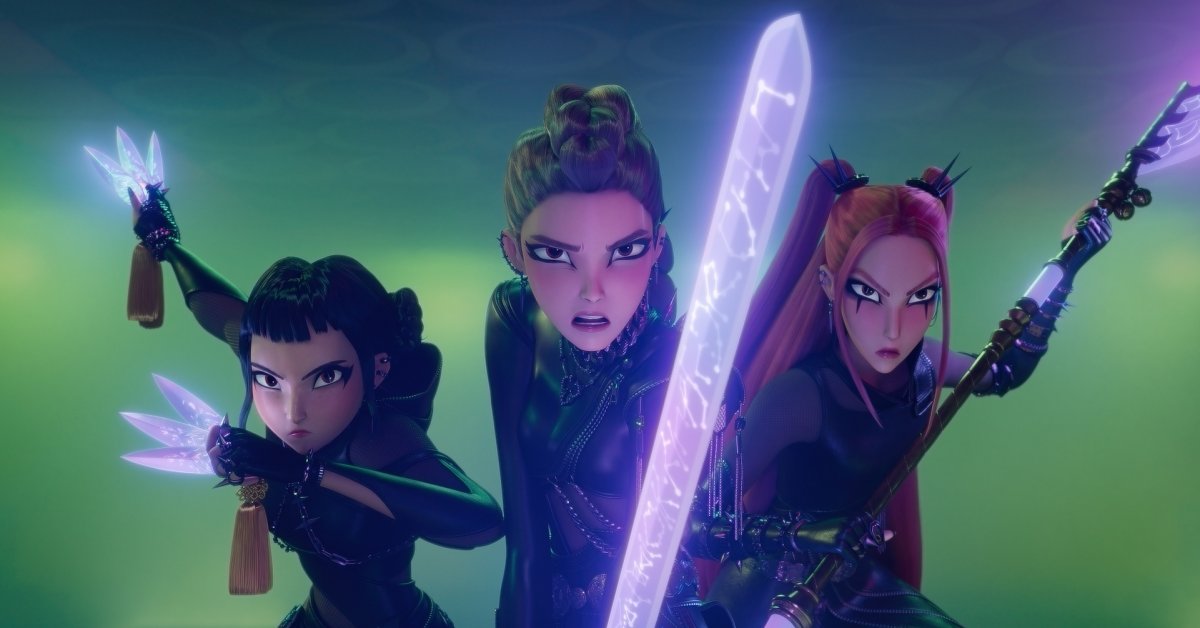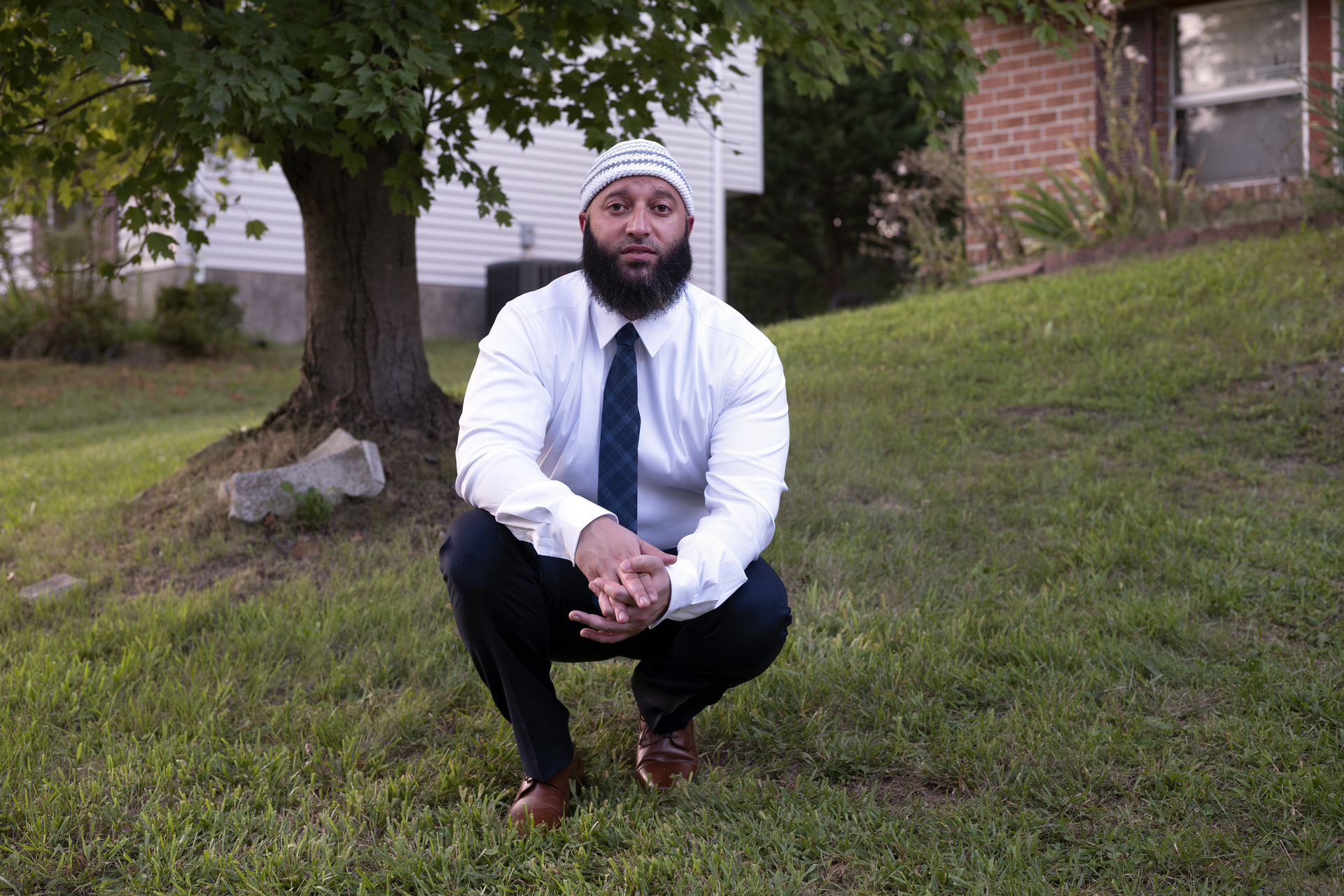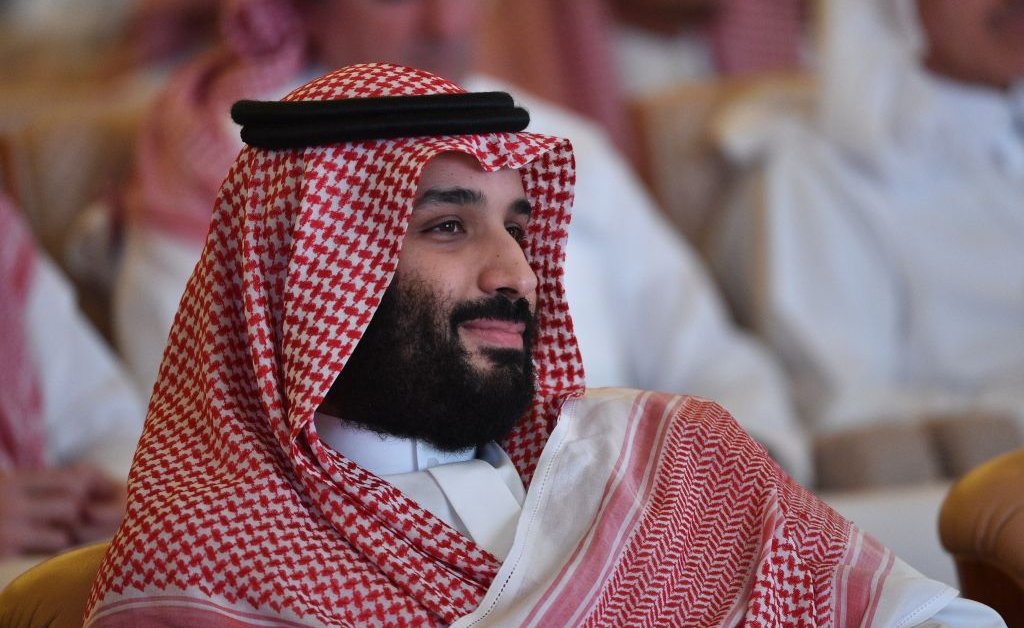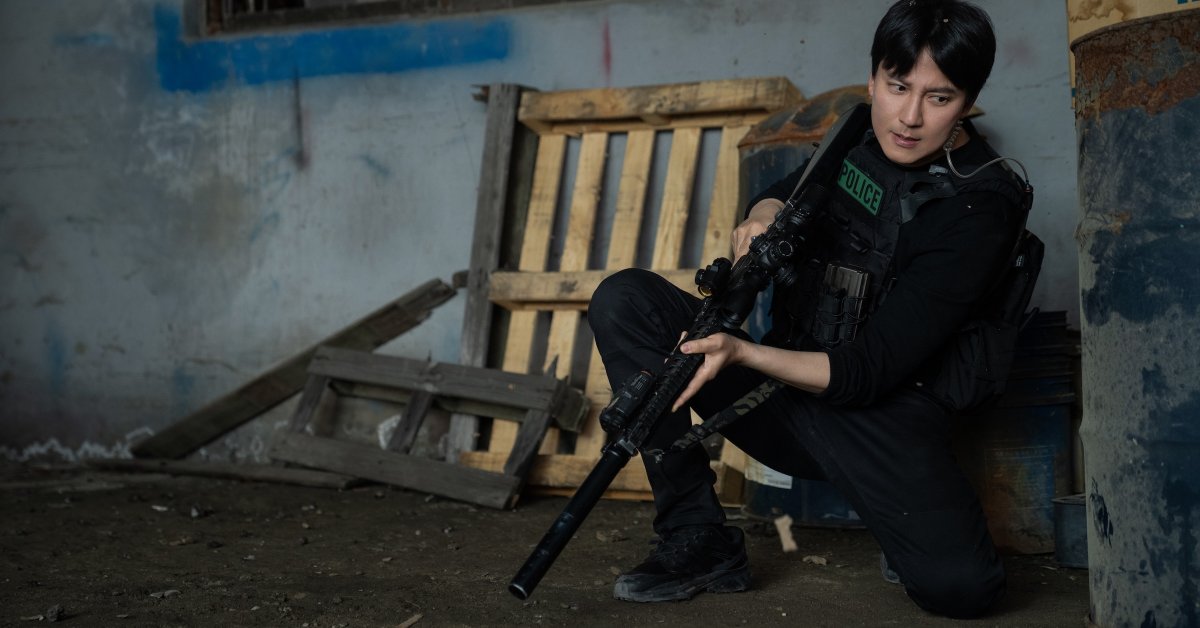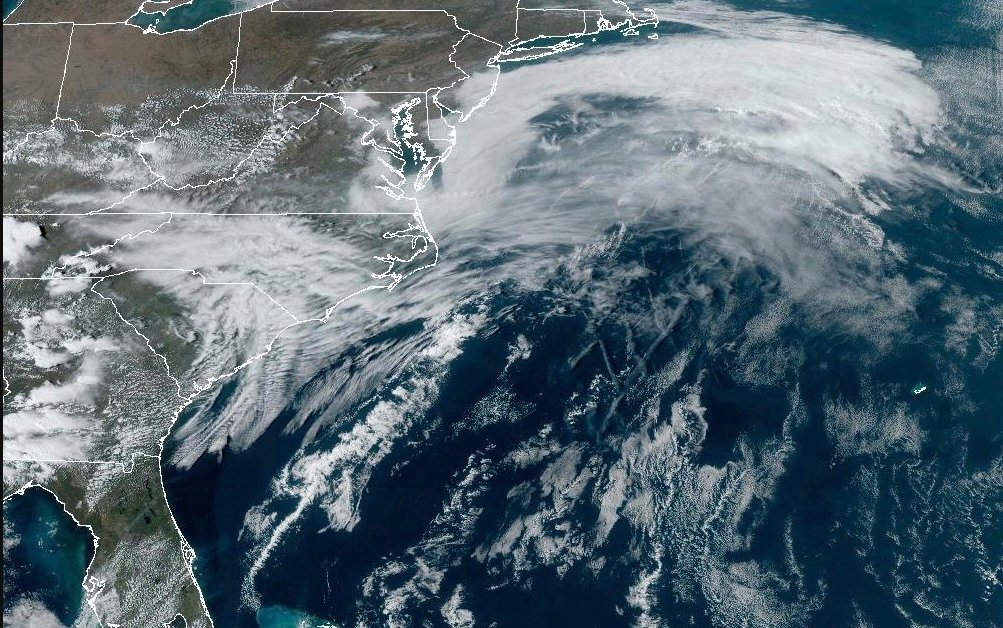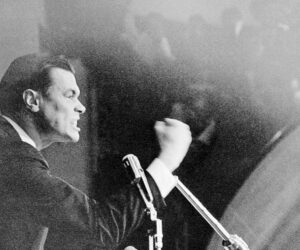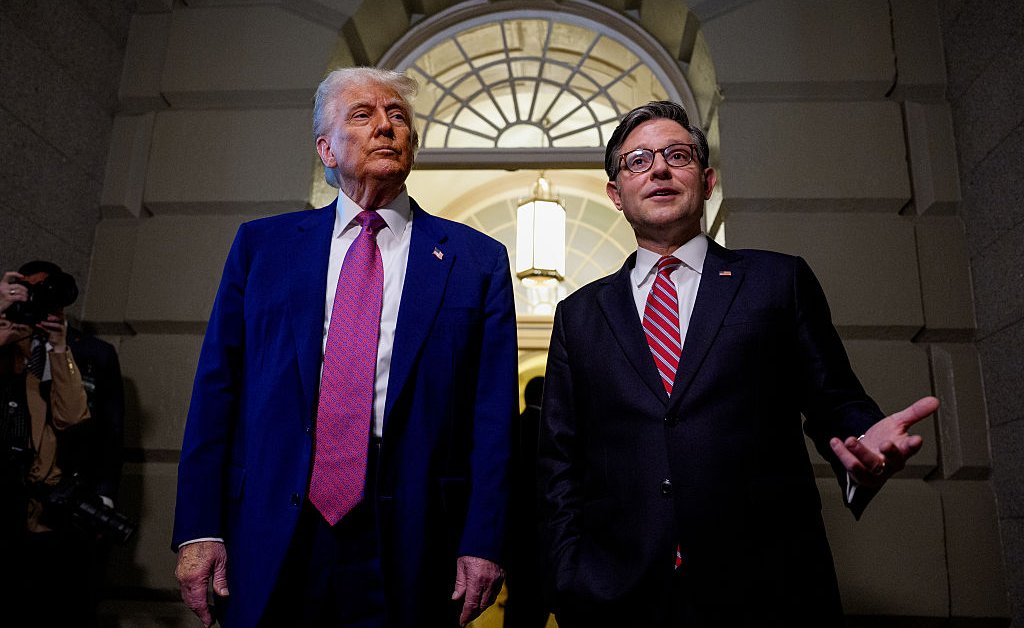Like the best idol groups, KPop Demon Hunters isn’t good at just one thing. In K-pop, songs can and do exist on their own, but they are meant to be part of a bigger performance that incorporates visuals, dance, fashion, personality, and an aesthetic concept into one story spectacle. In many ways, it’s a lot like filmmaking. “As people who work in animation and storytelling, we’re trained to layer things on and and create something as entertaining as possible,” co-director Maggie Kang tells TIME of how KPop Demon Hunters came to be the summer’s biggest hit.
The animated children’s film about a K-pop girl group that moonlights as a team of demon hunters blends comedy, action, music, and a dash of supernatural horror for a film that is as emotionally rewarding as it is rewatchable. It’s been more than two months since KPop Demon Hunters’ unassuming debut on Netflix, and the movie’s success is showing no signs of slowing. At the time of this writing, it is one track to be the streamer’s most-watched film ever (with over 230.9 million views), and two of the soundtrack’s original songs are in the Billboard Hot 100’s Top Ten. “Golden,” the movie’s most popular track, is currently the most streamed song in the United States. Three of the movie’s songs have made it into the Billboard Hot 100’s Top Ten, marking the first time since 1995’s Waiting to Exhale that a film soundtrack has done this.
For Kang, the pop culture phenomenon started with a simple yet deep desire to “see something culturally set in Korea and to really embrace that,” something the Korean Canadian filmmaker hadn’t seen in Western animation. In KPop Demon Hunters, cultural detail is infused into every scene’s setting—from the ignored “parking prohibited” markings on the Seoul streets to the way main characters Rumi, Mira, and Zoey place napkins under their chopsticks while eating out.
“Everything was seen through this Korean lens: The characters are going to eat at a restaurant, it’s just a conversation around food at the dinner table, but what is the food that’s on the table? What does the background look like? Does it feel like Korea? Everything was designed to honor authenticity of the Korean culture.”
Also, demons—more specifically, the gat-wearing, hanbok-donning jeoseung saja, a kind of grim reaper tasked with guiding the dead to the afterlife in Korean mythology. In the world of KPop Demon Hunters, the jeoseung saja are the demons that K-pop girl groups, and female shamans before them, have worked to keep at bay for generations. Rumi, Zoey, and Mira use song, dance, and weapons to slay the demons and reinforce the honmoon, a magical barrier between the world of demons and the world of humans. “They terrorized me as a kid,” Kang says of the jeoseung saja. The figures didn’t necessarily seem like the best element for a children’s film. Then, her future niece—four years old at the time—saw Maleficent in theaters. “She told me how scary it was to her, and I was like, ‘Oh, I’m sorry you were scared.’ And she said, ‘No, no, I really liked it.’ So I realized, ‘Oh, there is this entertainment value to children being scared.’”
K-pop came later, as Kang continued to search for ways to infuse the concept with more aspects of Korean culture. “K-pop brought spectacle and scale, all the pizzazz that is kind of needed to sell it. It all came together.”

Finding a co-director
Like most animated features (and, sometimes, K-pop), KPop Demon Hunters is the result of hundreds of people working together to create one story. Kang had previously worked on major animated films like The LEGO Ninjango Movie, Rise of the Guardians, and Puss in Boots, but KPop Demon Hunters was to be her first feature film. Sony Animation President Kristine Belson suggested she find a co-director to help shoulder the immense workload. (KPop Demon Hunters was produced at Sony Pictures Animation, but greenlit by and distributed by Netflix.)
Kang wanted to work with another Asian woman, but when the search didn’t work out, turned to Belson for suggestions. “Kristine was basically like, ‘Look, I’m sorry, but I think it’s gonna be a white man.’” That turned out to be Appelhans, who previously made his directorial debut with 2021’s Wish Dragon, a Chinese-set animated fantasy comedy about a college student who meets a wish-granting dragon. “When [Chris] made Wish Dragon, he traveled to and lived in China to make it with a Chinese crew,” says Kang. “I think that really shows how dedicated he is about respecting a culture and knowing the importance of embracing the talent that brings you that authenticity.”
Appelhans, who was coming off of Wish Dragon’s long production, wasn’t looking to take on another multi-year-long project. “I met with Maggie, and I was really tired, and I was like, ‘I’m gonna take a long break,’” he says. “And then she was about 10 minutes into explaining this concept, and I was playing it cool on the surface, but inside, I’m like, ‘Oh no, you can’t take a break. You have to keep going now. This is one of those things that is worth four years of your life.’”
For Appelhans, who grew up as a musician, KPop Demon Hunters represented a chance to bring two of his great loves together. “I always wanted to make an animated film that was very music-centered, but not in a conventional sort of Disney, sing-your-feelings way,” he says. The two collaborators set about figuring out what demon-hunting and K-pop have in common. “In trying to answer that question, we were taking inspiration from BTS during the pandemic, who were literally a light in a dark time,” Appelhans says. “And it just started to build momentum.”
Music as more than background
In KPop Demon Hunters, music isn’t just a fun soundtrack for fights or dance sequences; it is integral to the story. Most of the songs are singles released within the world by HUNTR/X and Saja Boys, though some songs, such as “Free,” exist solely to reveal character emotions and connection, and not as part of an in-universe idol discography. In a supernaturally heightened version of the way music can impact listeners in the real world, all of the film’s music holds the power to influence its in-world listeners. The Saja Boys use their musical power to steal souls, while HUNTR/X uses their songs to seal the honmoon.
“The story invited music to be a part of it in such a unique way,” says Appelhans. “It was genuine pop music, rather than musical theater and putting some pop sounds on top of it. It demanded all of these ways in which the music needed to reveal character and reveal plot.”
Ian Eisendrath, the executive music producer on KPop Demon Hunters, was in charge of coordinating all things music. While he had never worked on an animated film previously, his background includes Olivier-winning and Grammy-nominated work as diverse as Broadway musical Come From Away, Disney’s live-action Snow White, and Hulu’s Only Murders in the Building. On KPop Demon Hunters, he did everything from conducting and arranging to music and vocal producing. “I think of my job as the integrity of the music from the second the film starts to the second the film is over,” he says.
He brought on some of the K-pop industry’s biggest hitmakers, including producers at The Black Label and the writers behind BTS songs like “Boy with Luv” and “Butter,” to help craft an authentic K-pop sound. Other chief collaborators included EJAE, the Korean-American songwriter behind girl group tracks like aespa’s “Drama” and Red Velvet’s “Psycho.” As one of the main songwriters, she was paired with Mark Sonnenblick, an Emmy-nominated writer more familiar with writing for TV and film.

“[EJAE] was a North Star for us throughout the process,” says Eisendrath of EJAE’s role in the film, calling her his “closest collaborator” on the music side of things and adding that she wrote the vocal melody and co-wrote the lyrics and arrangements for four of the songs.
Though EJAE was coming from a songwriting background within the K-pop industry, she quickly got on board with the narrative-forward needs of the project. “When writing songs for KPop Demon Hunters, the storyline was everything,” explains EJAE. “Every sonic and lyrical choice had to align with the scene’s emotions and what the characters were experiencing. Our job was to move the narrative forward while still delivering a track that structurally and sonically hit like a true K-pop banger.”
EJAE contrasts it with the work of writing a song for a K-pop group: “The focus shifts to matching the group’s persona, crafting a catchy hook, and building a concept that resonates with a wide audience,” she tells TIME via email. “The key similarity between the two was the maximalist approach—whether for the film or for a real group, both worlds rely heavily on intricate layering in the vocal production to create that rich, dynamic K-pop sound.”
Eisendrath breaks down just how much each song had to do within the story, all while also working as a banger of a pop song: “‘How It’s Done’ starts as more of a story song in the plane, but then we just have to full-on deliver concert. But it wasn’t enough to just deliver ‘concert.’ We needed to establish our three heroes. And so if you really listen closely, when they each have their own solo moments on stage, they’re absolutely singing about who they are and establishing their individual vibe and role within [HUNTR/X].”
“Soda Pop,” the fizzy track that introduces demon boy band Saja Boys to the public, has a similar story weight. For it, the music team had to produce a song that was catchy enough to lure fans in, introduced the various members, and hinted at their darker motivations—all at the same time. “At first glance, it just seems like, ‘Oh, this is fun, innocent: You’re my soda pop,’” explains Eisendrath. “But then it starts talking about how much I need you and I need to drink you up, and it becomes parasitical.”
From the beginning, Eisendrath dreamed of using the animation space to push the limits on the established theatricality of K-pop. “We went big,” he says. “Not only did we do everything that one would do on a K-pop album, we also had a giant group of singers that sang all the backgrounds. We had a string section record on top of all the K-pop tracks, and we were able to really design the sound of the theatrical mix, which not many people experience. It really feels like this deep, fully immersive experience.” (Fans will be able to experience the theatrical mix in KPop Demon Hunters sing-along screenings scheduled for August 23 and 24.)
Finding the voice of Rumi
KPop Demon Hunters has an impressive cast across speaking and singing roles, but protagonist Rumi’s voice is the heart of the film. Her story as a demon-hunter who is hiding her half-demon side grounds the thematic strength of the narrative. “We knew we wanted to tell a story about shame, and we felt like the themes of shame were not really tackled in animation,” says Kang. “It does feel like kind of an older-skewing theme, and it’s dark. It’s not a happy theme.”
Korean American actress Arden Cho imbues Rumi with heart, humor, and complexity in the character’s speaking moments, but it is EJAE who took on the technically and emotionally demanding role of providing the idol’s singing voice. As Rumi reveals her truth through music, it is arguably the most important performance in the entire project. “Rumi is incredibly complex,” says EJAE. “She has strong leadership skills and works tirelessly. The great thing about that is she gets things done and does them successfully, but the downside is she puts a lot of pressure on herself and is a perfectionist. She tries to solve everything on her own and rarely reveals her flaws or weaknesses.”
Like many of the creators who crafted the world of KPop Demon Hunters, EJAE brought her personal experience and unique perspective to the production. “I can relate to that because I was a K-pop trainee from the age of 11 for over a decade before eventually being dropped,” she tells TIME. “During that time, I had to put my best foot forward constantly and felt the pressure to always be perfect. I understood that overwhelming urge to hide your flaws and the things you feel ashamed of, and how exhausting it is to maintain a façade of being okay instead of asking for help.” EJAE drew on those experiences to bring out the emotions in Rumi’s vocals.
EJAE came onto the project solely as a songwriter, providing the demo vocals for all of the songs since day one. It was only later in the production process that she was officially asked to be the singing voice of Rumi. “In the past, she has not self-identified as a singer,” says Eisendrath. “And I just kept saying, ‘EJAE, your voice is unlike anything I’ve ever heard before. You might not want to do this, but get ready to see what’s gonna happen.”
Eisendrath calls EJAE’s register “bonkers,” noting that she is able to hit “some of the lowest notes available to the female vocalist” while also hitting “notes higher than I would say are probably in any [other] film.’ He adds: “What she does in ‘Golden’ is insane … I said to Spring [Aspers], who is president of music at Sony, ‘Get ready for everyone to try to sing these songs and not be able to. They were tailored for EJAE’s freakish vocal abilities.’”

When asked about what she is most proud of in KPop Demon Hunters, EJAE points to the songs “Golden” and “Hunter’s Mantra.” “The melody for Golden came to me incredibly quickly, and through writing it, I actually discovered my vocal range. I’m both terrified and proud of the A5 I hit in that song, it was a self-discovering moment for me,” says EJAE. As for “Hunter’s Mantra,” the song that opens the film, EJAE leaned into pansori, a traditional Korean singing style and genre. “I studied its melodies and vocal techniques, but added my own unique twist when writing and performing it.”
Eisendrath logged over 50 hours with EJAE in the recording booth during the production process, recording Rumi’s songs. “There’s a darkness [to EJAE’s voice],” he says. “There is a weight to it and a depth to it that is so emotional and appealing.”
Trusting the universal in the culturally specific
Though the success of KPop Demon Hunters has been led by children, the animated film stands out as a rare cross-demographic hit in a streaming era when audiences have become increasingly fractured across devices. The success transcends cultures, with the movie currently in the Netflix Top Ten in over 90 countries around the world.
“Regardless of the Korean setting, the message of the movie and many of the songs is universal and something everyone can relate to,” says EJAE. “‘K-pop’ was simply the vessel to convey a deeper truth: the importance of loving every part of yourself, both the good and the bad, and finding beauty in your flaws and mistakes. It’s also about reminding people that they’re not alone, and that it’s okay to lean on loved ones for support instead of trying to fix everything on your own.”
While the theme is universal, the details are incredibly culturally specific. KPop Demon Hunters is an American production, but it has been accepted by Korean audiences (and real-life K-pop idols), who appreciate the cultural authenticity in the film. “There are small details that I think were remarkable,” says Hyun-woo Sun, the co-founder of popular Korean language learning platform Talk to Me in Korean. His video, “K-pop Demon Hunters explained by as Korean teacher,” breaks down the linguistic and cultural details in the film—from real-life locations like N Seoul Tower to the multiple meanings of “saja” to the tiger and magpie’s roots in Joseon-era folk painting.
“There are smaller elements that made a lot of Korean people go, ‘Oh, they actually let the voice actors use Korean.’ Or, like the doctor specifically calling Rumi by saying ‘Rumi-nim.’ They didn’t need that, but then they included it.” When speaking to TIME, he uses the production choice of using the light green dishes common in Korea for the private jet scene as another example. “Growing up, everybody in Korea has seen these light green dishes,” he explains. “Even if they didn’t use that design for the dishes where the kimbap is placed, it would have been fine … But just seeing that, [you think], ‘You put in extra hours of work to design those dishes. The directors and producers must have had some fond memories. They must have poured a lot of their personal experiences into the story.’”
KPop Demon Hunters notably doesn’t go out of its way to explain the Korean cultural details that provide the film with such depth and texture. “When you travel, you go to places and you think, like, ‘Oh, this is what a mailbox looks like here. You just kind of accept it,’” says Kang. “And I think that should be how all movies are treated.”
Appelhans says he didn’t worry because he had already been through similar, unwarranted concerns with Wish Dragon. “Everybody was like, ‘I don’t think these people in Tempe, Arizona are going to have an interest in this very, very Chinese film,’” recalling screening the animated movie outside of a major metropolitan area. “And then it did great, and everyone seemed surprised. Audiences are smart, and they are looking for—on top of maybe elemental story ideas—they’re looking for specifics. They’re looking for new flavors. And so it’s a treat to figure something out, and not just have every movie set in suburban America.”
The cultural specificity of the film extends to the world of K-pop, which is rooted in Kang’s own decades-long history as a fan. “She has lived the experience of what music can mean to you, what the relationship is,” says Appelhans. “There’s a specificity to moments with the fans that came from her experience.”
KPop Demon Hunters takes on many elements in its 95-minute runtime, but its depiction of fandom as a powerful force—for good and evil, depending on how it is wielded—is one of its best. “We knew the movie needed to highlight the importance of the fan and idol relationship because that relationship is unlike anything else in entertainment,” says Kang. “There’s this true give-and-take between the performer and the audience. When it’s great, there’s a lot of respect in that relationship. For us, having the crowd be part of the solution at the climax of the movie, and contribute to the music and to be this power source for the girls was always there.”
Many viewers, of all ages, have responded to the hope in that moment. From EJAE’s perspective, it’s another one of the elements that has been integral to KPop Demon Hunters’ enduring success as a film and soundtrack. “Lately, in both pop and K-pop I haven’t seen many songs at the top of the charts that center around hope,” she says. “Yet I feel like we’re living in a time where the world is collectively longing for it.” The song “Golden,” she says, carries that sentiment both lyrically and sonically, offering the listeners a moment to breathe, to believe in yourself, and to dream again.”

Believing in one’s self
Many of the best movies have a theme that is seeped into the finished text because it was part of the creation process. KPop Demon Hunters’ success seems rooted in just how much Kang, Appelhans, and their team bet on themselves and one another. This is perhaps best illustrated through the comedy woven throughout the film’s supernatural narrative.
“Now everybody knows how weird I am,” Kang says. As someone who came up through mainstream animation, she says comedy has always been a priority. “I’m always, in every moment, trying to be funny. Meaning even now. And [animators] always joke, ‘I wish the movies that we made are as funny as our conversations at the table.’ That was always a bar, and that was always hard to hit. And I think with this movie, I didn’t want to shy away from any of that, and I wanted to kind of be weird.”
In one of the best comedic gags in the film, HUNTR/X maknae Zoey sees Abby, the fittest of the Saja Boys, for the first time. As he stretches, his stomach muscles reveal themselves and Zoey literally has abs in her Chibi-fied eyes. The abs shift to corns-on-the-cob, and then to popping popcorn when (in a not unprecedented K-pop scenario) a button flies off of Abby’s shirt, revealing more skin. It works because it is weird and silly, but it also works because it is clever, specific, and well-executed. Though it draws from an existing animated language—and from real-life feelings that viewers may be familiar with, the moment feels novel.
“That was one of the earliest jokes we had come up with in the movie, and it set the tone for how stupid we could go with it,” says Kang, recounting how the sequence came to be. Initially, Zoey simply had abs in her eyes. Then, one of the character designers noted they looked like corn, and the team was off to the races. “It just kind of snowballed in the room,” says Kang. “And then I even pushed it to my husband, who is also a director and creator, and he was like, ‘That’s not gonna work.’ And I was like, ‘Yes, it is.’”

